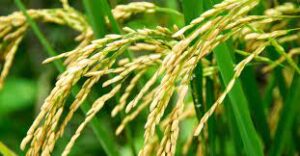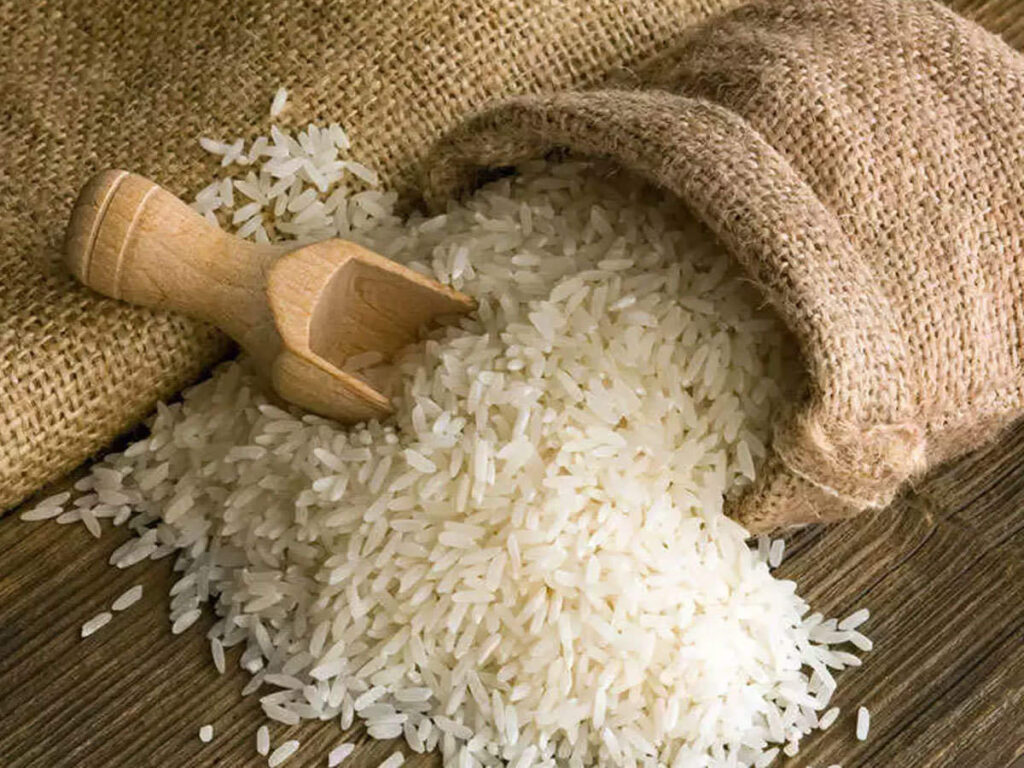Largest Rice Producing State in India
-by Abhrajita Mondal
–Edited by Srishti Bhattacharya
–Reading Time – 15 min Approx
West Bengal is the largest rice producing state in India. If you see the statistics and other records, rice production has increased substantially in the past few years. This applies to other states as well. And why not? The climate and soil quality make way for the best cultivar. Furthermore, the total rice-producing capacity of India stands above 1,000 lakh tonnes.
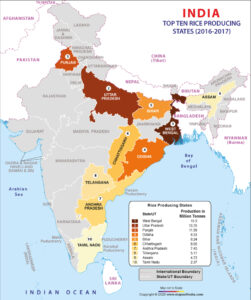
It is the staple food of more than 40 per cent of the population. You will come across bulletins that mention the states of West Bengal, Uttar Pradesh, Andhra Pradesh, Chhattisgarh, Bihar, Odisha, and Punjab as the top rice-producing states in India. Rice production in India can give any other company stiff competition. Moreover, India also happens to be the leading exporter of this food staple.
Largest Rice Producing State in India – West Bengal:
If you are from the eastern part of India, you will love this. If you ask about the largest rice producing state in India, the answer will be West Bengal. About 30 percent of agricultural land in West Bengal is dedicated to rice production. The major areas where rice cultivation occurs are Birbhum, Bardhaman, Nadia, Hooghly, and Midnapur.
Rice production in West Bengal can be categorized into three groups – Aus, Aman, and Boro. You will find rice growing mainly in the rainy season. Thus, rainfall has assumed epic importance today. Rice cultivation requires optimum soil conditions. However, flooding is not tolerated well. So, it has to be just enough to give adequate moisture to the seedlings. Boro rice is one of the most popular cultivars today. Furthermore, low-lying regions in West Bengal facilitate the Kharif crop. The winter season is the appropriate time to grow Boro rice.
Rice Production in India State-wise:
Apart from West Bengal, the other rice producing states in India are –
Uttar Pradesh
Uttar Pradesh comes right after West Bengal when it comes to rice production. Almost 5.86 million hectares of land are used for rice cultivation, which results in more than 125 lakh tonnes of rice.
Andhra Pradesh
It is responsible for the production of almost 130 lakh tonnes of rice in India.
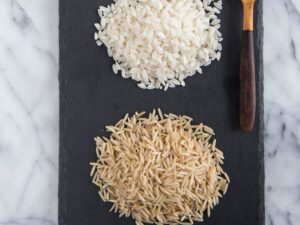
Punjab
Punjab accounts for the production of more than 105 lakh tonnes. Basmati Rice, used in aromatic dishes, is grown here.
Chhattisgarh
It is responsible for the production of more than 60 lakh tonnes of rice.
Bihar
The state of Bihar has rice growing in almost 33 lakh hectares of cultivated land and produces more than 71 lakh tonnes.
Odisha
West Bengal’s neighboring state Odisha has a share too. Almost 65 percent of agricultural land here grows rice crops.
These states move back and forth on the production scale and rank, owing to changes in climatic conditions.
Types of Rice Grown in India:
You will find a lot of varieties in the market. Rice production in India is at an all-time high right now. The three broad categories are – short grain, medium grain, and long grain. Apart from the broad classification, you will find a large variety of rice cultivars in the country. Let us find out more about some of them.
- First comes Gobindobhog, it is unique in its taste, and aroma, and finds a pride of place in Bengal. The grains are not as long as Basmati, but it is used in many Bengali dishes. Furthermore, you will be amazed to know that Gobindobhog rice made its way to the 2012 Olympics food fest.

Image Courtesy : Provision India - Next is Laxmibhog. It is a medium-grain variety of rice and West Bengal is one of the popular producers of this variety. It has the perfect texture, as many chefs put it. This is the kind of rice they use while cooking Biriyani and Fried rice.
- Third on the list, Miniket rice is a long-grain variety. It is slender and glossy-husked and is produced in West Bengal. These are extra-long and very expensive.
- Tulaipanji is another popular rice variety produced in West Bengal. It is medium grain rice and is widely cultivated in Uttar Dinajpur of West Bengal. Tulaipanji rice also made it to the Olympics food festival in London.
- Ambemohar is a popular variety of rice that grows in Maharashtra. It is a fragrant variety of rice. You will find this being used in most Maharashtrian dishes. ‘Varan bhat’ is amongst them.
- Basmati is the king of all rice varieties in India. You will find it being used in Biriyani and Pulao. It is aromatic rice. India is the biggest producer of Basmati.
- Dubraj is another rice variety which you will find in Madhya Pradesh and Chhattisgarh. If you want an alternative to Basmati, this is it.
- Molakolukulu rice belongs to none other than Andhra Pradesh. You will also find it being referred to as Nellore rice.
- Sharbati is another alternative rice variety used in Biriyanis and Pulao. It is a low-cost Basmati. You will find it being grown in Punjab, Uttar Pradesh, and Haryana.
- Chak Hao Amubi is a black rice variety. You will find Manipuris gorging on this variety. It has anthocyanins and has a sweet and nutty flavor. Furthermore, it is the famous sticky black rice that the North-eastern population loves to have.
There are as many as 6,000 varieties of rice found in India. You can delegate its popularity to the wide variety and techniques of cooking.
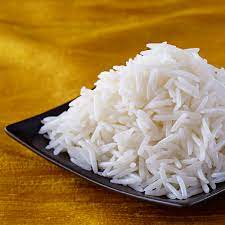
What is so Special about Rice?
You will find that rice is present in most cuisines in and around the world. It is a staple for most South Asian countries. You may call it the global staple. Moreover, rice consumption is not just limited to the higher and middle classes. The poor are one of the largest consumers of rice. Furthermore, more than 3.5 billion people worldwide depend on rice as their staple food.
Rice has risen to popularity owing to a number of reasons. It is low in carbohydrates and low-sugar cereal. Moreover, you can make a variety of dishes with rice. Some have it in the whole form and some have it as porridge. The Japanese have rice as Sushi. It is an international meal. Furthermore, you will find it in all corners of the globe. You can cook rice in less time. So, all those who are in a hurry to go to work, make meals out of rice. You can put rice in a pressure cooker with water, and it gets ready in a few minutes. These are a few of the reasons that make rice a great option.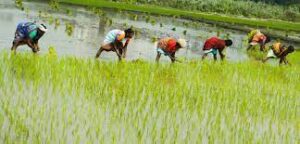
Challenges in Rice Production in India:
Farmers have to face several constraints. It varies from state to state. The major rice-growing region of West Bengal faces heavy rainfall and flooding as well. This leads to severe losses at times. Furthermore, it has been observed that many rice varieties need special soil and nutrients. Otherwise, farmers are required to use special fertilizers to make those soil varieties suitable for rice cultivation. More than 78 percent of our farmers are poor. Therefore, the entire infrastructure breaks down at times. In upland areas, drought is a severe problem. Additionally, several accidents occur every year owing to flash floods. Soil erosion is another serious concern.
Infestation of crops in the hands of insects and rodents also affects crop production. In low rain areas, crops suffer from Zinc and Iron deficiency. And, high rainfall leads to rotting. A lot of nutrients are washed away due to heavy rainfall.
Strategies to Step-Up Rice Productivity:
Rice is the most important food crop today. The government has taken numerous initiatives to step up the production of rice in India. India is a developing country. Moreover, the poor people are dependent on this staple food crop. Growing good-quality rice is a water-intensive process. With the growing demand for rice, it is essential to adopt alternative modes of agriculture. One of the best methods is Alternate Wetting and Drying, abbreviated as AWD. In this process, rice fields are flooded with water. After which, there is a 1–2-week dry period. This facilitates water wastage while supplying the necessary quantity of water. Other new-age processes include dry direct seeding and aerobic rice system implementation.
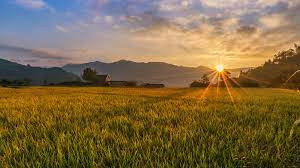
There are other processes as well. Ongoing research is something that can give the complete picture to agriculturists. Often, farmers are reluctant to implement new methods out of fear of failure. Thus, participatory research is a necessary way to devise new methods. Proper participatory research has the power to open new avenues today. Rice is a global food and needs proper attention. Controlled inundation is the key to grow a great harvest.
Rice Production in India in 2020:
India’s rice production is recorded at approximately 103 million tonnes in the Kharif season. The country had received average rainfall till September 2020, thus, facilitating a large quantity of produce. It also facilitates the export of rice to other countries.
Therefore, you can see how important rice is for our country today. It is the number one food crop and it transcends all boundaries. Furthermore, research and development in the field of agriculture have led to a huge upward growth of rice crops in India.
-by Abhrajita Mondal
Dear Reader, Hope you liked the post. If you think our initiative “The Creative Post” is worth supporting, then please support us by paying the amount you think we are worthy of. We believe, the value of content should be decided by the consumer. Hence we request you to evaluate our worth and pay accordingly by Clicking Here.
